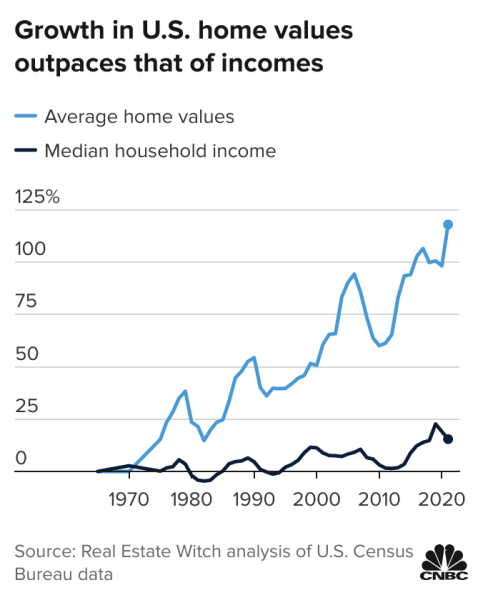The behaviors and practices of celebrities are often emulated by the general populace. A celebrity or influencer starts wearing a specific type of designer clothing brand, and suddenly everybody wants that brand, which causes the brand to shoot up in price. This, along with countless other examples ranging from expensive cars to large houses, to an overall abundance of wealth, is what the Western populace is used to. However, with the major shift in society due to the COVID-19 pandemic, there has been a shift in how celebrities show off an exclusive lifestyle that is not meant for the general populace—the “showing off” of certain objects has moved from designer brands and mansions to a healthy lifestyle.
When the general populace is accustomed to celebrities pushing designer clothes and luxury cars into their faces, it may seem odd to see some high-profile individuals leave their life of luxury in order to live on a farm in Wyoming. However, that exact situation happened with American influencer and makeup artist Jeffree Star, who decided to leave their life of luxury in California to tend to yaks on a farm. Countless social media influencers also showcase a healthy lifestyle. From farmers market hauls to creating homemade versions of typically store-bought foods like sourdough bread, large influencers (especially on the platform TikTok) are now showcasing a healthy lifestyle with a work-life balance. This may seem trivial; after all, celebrities are humans too, and they are not bound by the wealthy, lavish lifestyles the general populace expects them to live up to. However, there is a growing trend toward this type of content at a time when most Americans cannot achieve this type of lifestyle.
In a nation where even something as quintessential as housing is expensive, with a study from Harvard University stating that the average price for a home is almost six times the national median income salary, it becomes evident as to why lifestyles like the ones shown to us on social media by celebrities are unachievable for most. Americans would be envious of influencers that have enough time to make something like homemade cereal when the average American does not have enough time to make homemade cereal. According to the Economic Policy Institute, working hours have gone up between 1975 and 2015 and have only increased since the pandemic. This highlights a new wave of capitalism, where it is no longer in the ruling class’s interest to keep the general populace healthy and well. In previous years, people losing their jobs, not being able to buy a house and simply not being able to live and work resulted in recessions and economic turmoil, like the 2008 stock market crash. However, in recent years, regardless of whether Americans are doing well or not, the stock market has continued to skyrocket due to constant government bailouts reaching in the trillions. For example, according to Time Magazine, the $2.3 trillion dollar COVID-19 relief budget directly helped the ultra wealthy, despite originally being drafted to aid those in need. Despite this, the United States government does not seem to want to stop the excess government spending, as evidenced by President Biden’s $7.3 trillion dollar budget.

While the average American has to suffer through an economic crisis that affects only the poor, wealthy companies still see their stock prices skyrocket, and celebrities go ahead and “flex” a healthy, modest lifestyle, one that the majority of people in the United States cannot achieve because the majority are overworked and underpaid. While it may seem that there is a shift in celebrities to pander to the general populace, it is evident that this type of lifestyle is the new “exclusive” lifestyle that everybody wants to aspire to live up to. Along with the rise in the “tradwife” movement, which seeks to push back women’s role to being a 1950’s housewife (which has its own problems rooted in patriarchal society), it is clear that what the general populace seeks to achieve now is a modest lifestyle rather than one of an abundance of wealth. This situation showcases the harrowing state of a post-COVID United States, among the other abundance of problems that Americans have to face on a day-to-day basis.

